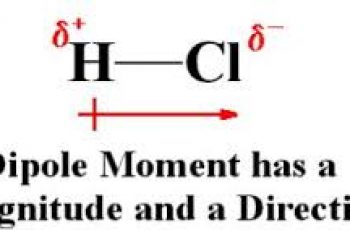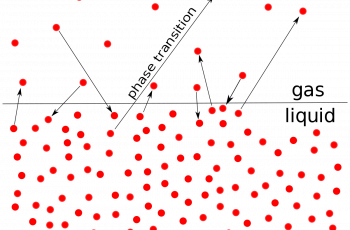The anion gap is a measurement of the difference between the negatively charged and positively charged electrolytes.
This test is done on blood to show whether your blood has an imbalance of electrolytes or too much or not enough acid.
Only the cations like sodium (Na+) and potassium (K+) and the anions chloride (Cl−) and bicarbonate (HCO−3) are used.
The concentrations are expressed in units of milliequivalents/liter.
Formula to calculate anion gap.

- Cations are positively charged ion.
- Anions are negatively charged ion.
Example:
Calculate the anion gap if the serum concentration of sodium is 130mEg/L while that of chloride and bicarbonate are 87mEq/L and 23mEq/L.

Therefore, the anion gap is 20mEq/L.

